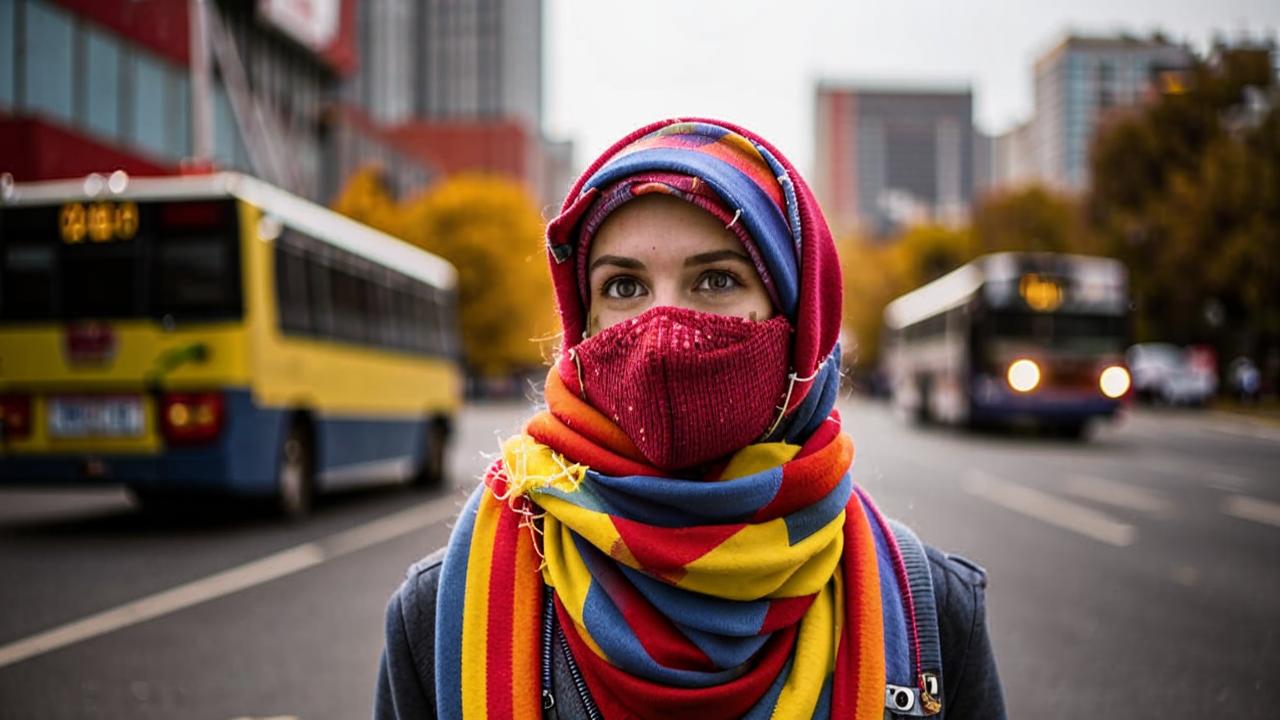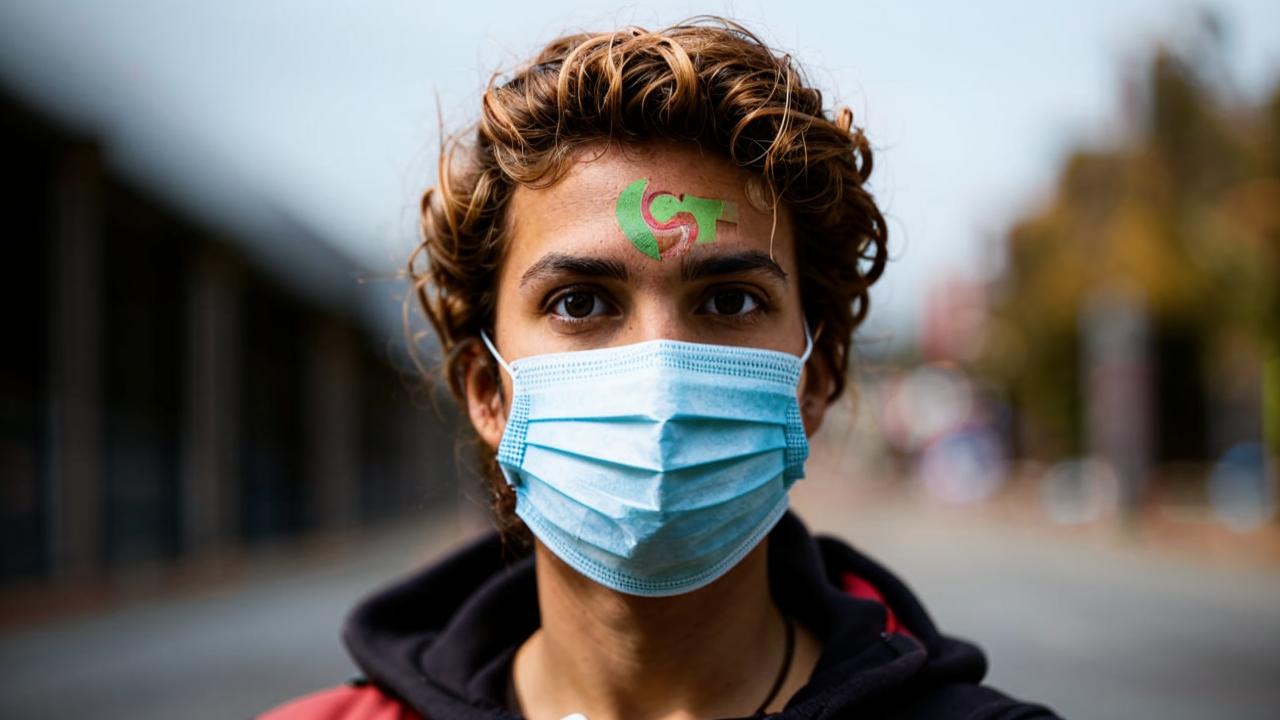In the midst of the coronavirus pandemic, one should not neglect seemingly trivial means of protection. It is necessary to take care of your health and the health of your loved ones. And try to maximize compliance with hygiene measures.
We tell you what masks will help to protect you from the virus, and share tips from the World Health Organization.
What kind of masks are there?
From the point of view of the average consumer, all disposable medical face protection can be divided into two large groups: medical surgical masks and medical respirators. They differ not only in appearance, but also in the degree of protection.

Conventional pharmacy surgical masks are rectangular and made of non-woven material. These masks primarily protect the people around them, not the person wearing them. Doctors use them to ensure sterility in the operating room, and patients with acute respiratory infections or the flu to make sure they don’t infect anyone else. All this non-woven mask can do for us is trap saliva particles, which can contain germs. For healthy people, they offer little protection because they only cover your nose and mouth, which isn’t enough to shield yourself from the virus. If only because your forehead and cheekbones are not protected in any way, and there is a chance of getting the virus just by touching your face and then your lips, for example.

Medical respirators are made of filtering material, they fit tightly to the face, covering the chin, mouth and nose. In a number of models even embed a special inhalation and exhalation filter. And, unlike conventional surgical masks, respirators protect the wearer. Respirators are able to clean the air that a person breathes in from particles as small as 0.04-1.3 microns. Since the new virus also has particles as small as 0.08-0.09 microns, medical respirators can minimally protect you from infection.
Why can’t masks provide 100 percent protection from the virus?
This is because, whether it’s a trivial flu, acute respiratory infection or coronavirus, they all have very small particles that can penetrate the mucosa through the filtering layer of the mask without much trouble. Health expert and science journalist Boris Tsatsulin said in one of his videos that cloth masks not only won’t keep you safe from infection, but can also increase the risk of infection.
Boris: Paper masks, foam masks do not filter out small particles that are responsible for carrying infection. And even if you get a respirator, it won’t help you much. Such masks do not protect against air droplets, from inhaling aerosols, do not completely cover the nose and mouth. Even respirator masks are not suitable for children or people with facial hair. It’s kind of like safety theater. The virus settles on the skin, on mucous membranes, on the eyes, on hair, and can a cloth over the face save you from it? If you wear a mask, you’re more likely to touch your face, your eyes. Consequently, you carry the likely infection from your hands.
The World Health Organization (WHO) warns: wearing a medical mask is only one preventive measure to limit the spread of some respiratory diseases, including coronavirus (2019-nCoV). However, masks alone are not enough to provide an adequate level of protection; other equally important measures, such as hand hygiene, must be taken.

General rules for the use of medical masks
- the mask must fit snugly over the face;
- the mask material should not be touched during and after use;
- the optimal time to wear the mask is 40-60 minutes, after which it should be replaced with a new one;
- used mask should be thrown away, after thoroughly washing your hands with soap and water.
Medical masks – a new fashion trend?
Against the backdrop of the coronavirus pandemic, demand for them has increased. Fashionistas around the world did not miss the chance to organically fit masks into their image, and design houses made them the main accessory at their shows:
Take care of yourself, try to avoid public places, wash your hands thoroughly and wipe your phone and other equipment more often.






